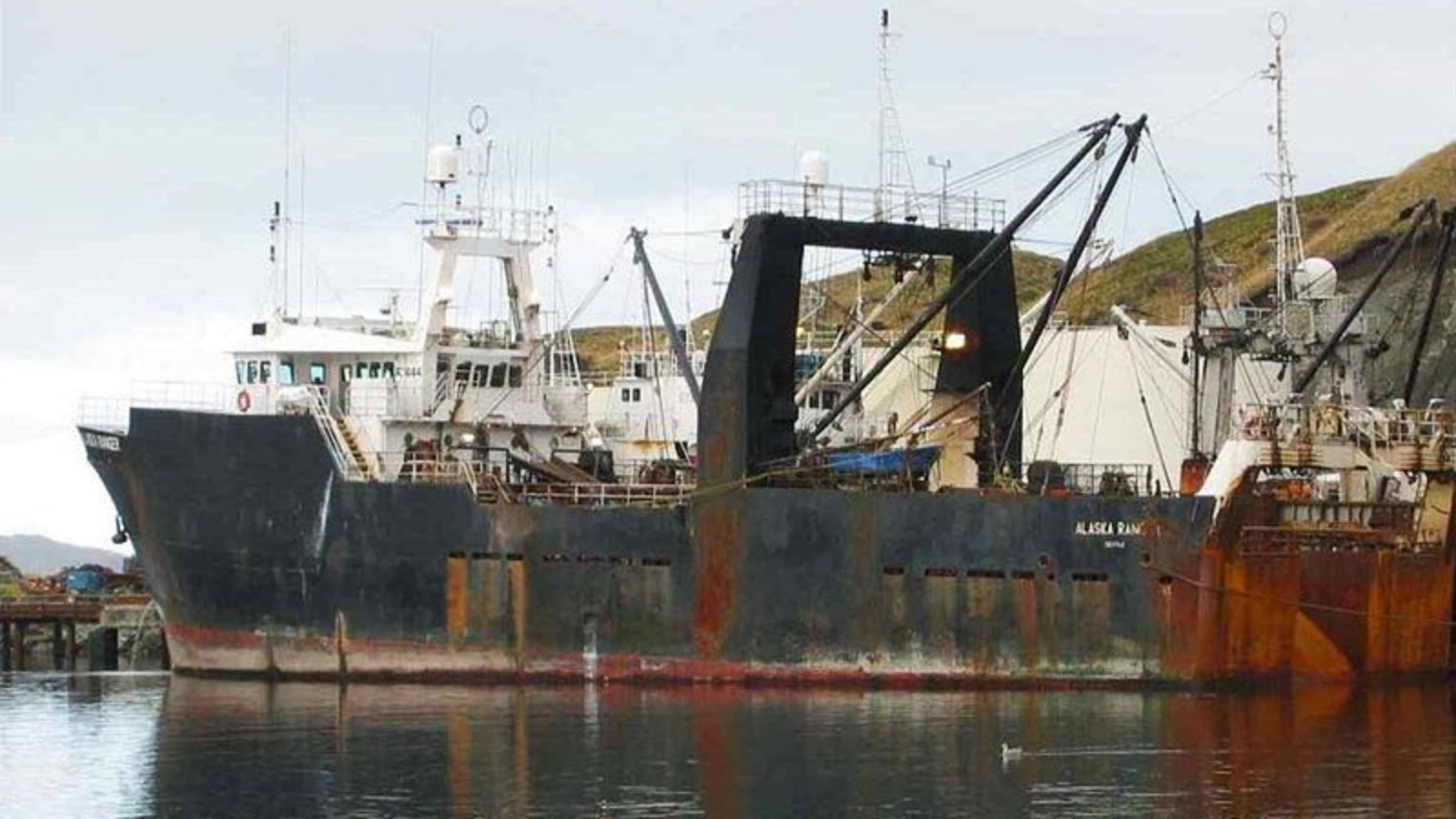This article was previously published in the ICC Alaska June Newsletter.
By Jim Stotts
In mid-May the U.N. agency that regulates the world’s oceans adopted rules aimed at preventing pollution from ships sailing in Arctic and Antarctic waters. The London-based International Maritime Organization (IMO) approved the so-called ‘Polar Code’ that comes into effect in January 2017. These rules will be more restrictive than current rules in other oceans.
Six years in the making, the new rules ban discharge of oily residue and noxious chemicals. Food waste and sewage dumping will be closely regulated and ships must stay clear of areas with concentrations of marine mammals such as whales, seals and walrus.
In November 2014 the IMO agreed to a set of rules on safety including requirements for ship design and equipment, crew training, and search and rescue operations. For now, the work to develop a Polar Code has drawn to a close. However, the U.S. contemplates future work with the IMO during its chairmanship of the Arctic Council.
Much of the credit for this effort stems from the Arctic Council’s Protection of the Arctic Marine Environment Working Group (PAME) that undertook the Arctic Marine Shipping Assessment (AMSA) that made a number of significant recommendations including the work to create a Polar Code. The AMSA recommendations continue to be implemented.
Alaskan Inuit organizations are involved in shipping activities including the Arctic Waterways Safety Committee, which considers protection of hunter subsistence activities and other issues; the North Slope Borough’s effort to establish a Port Authority to plan for and fund ports and other transportation infrastructure; and Regional Corporations advocating for sites for an Arctic deep water port. Inuit have numerous consultations with the U.S. Coast Guard on issues related to shipping.
Inuit Circumpolar Council Alaska continues to be active in the Arctic Council and PAME where Arctic marine policy is being promoted. ICC Alaska was active in the development of the new ten-year Arctic Marine Strategic Plan adopted by the Ministers in Iqaluit.
Despite the adoption of the Polar Code there are a number of issues that remain unresolved. Heavy fuel oil was not banned in the Arctic although it’s banned in Antarctic waters. Heavy fuel oil is responsible for the creation of black carbon (soot) that accelerates snow and ice melt. The issues of underwater noise and introduction of invasive species was not considered. Finally, how the states will enforce the new rules needs to be determined. The Code does not spell out specifically what should happen in the event of an oil spill.
Recent statistics seem to indicate that the rate at which Arctic marine shipping is growing is not as rapid as earlier predicted. This is good since it gives more time for Inuit and others concerned to get ahead of the curve. Everyone should remain informed and engaged.
*****
*****
Jim Stotts received a degree in Business Management from the University of Alaska and worked at the Arctic Slope Regional Corporation before joining Inuit Circumpolar Council Alaska, where he currently serves as President. Born in Barrow and raised in various communities throughout rural Alaska, Mr. Stotts now resides in Anchorage with his wife, Karoline.
[Photos courtesy of Wikimedia Commons and Jim Stotts]
